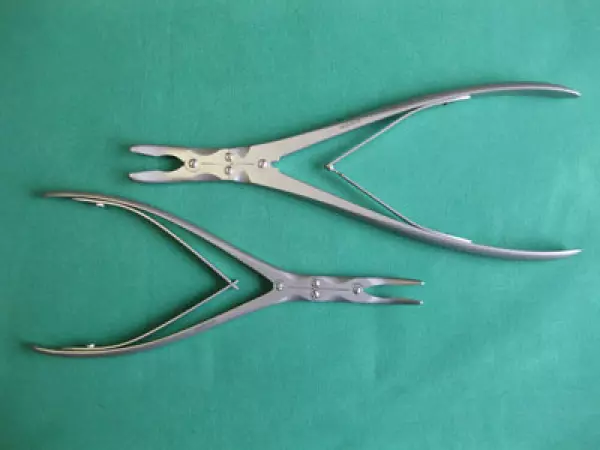
Repair service for standard surgical instruments
We repair MIS instruments from all well-known manufacturers , drive systems such as drilling hoses,...
Portal and digital medical technology fair of the largest MedTech cluster in Germany

Repair service for standard surgical instruments
We repair MIS instruments from all well-known manufacturers , drive systems such as drilling hoses,...
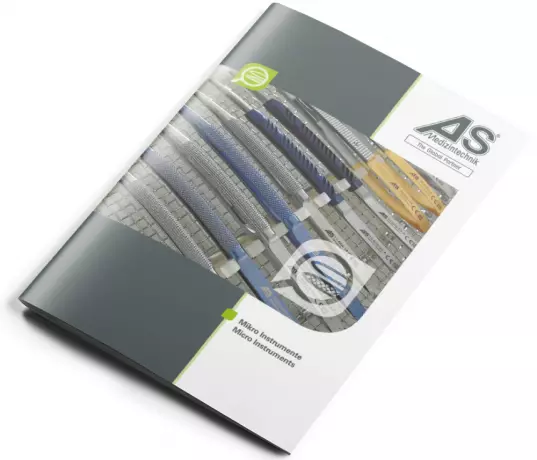
Micro needle holders, scissors and forceps are required for modern and state of the art micro discip...
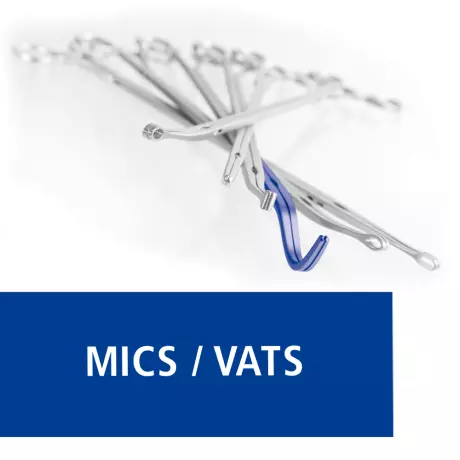
MICS / VATS Slider Instruments for the videoassisted...
MICS / VATS slider instruments You are looking for surgical instruments for the videoassisted sur...
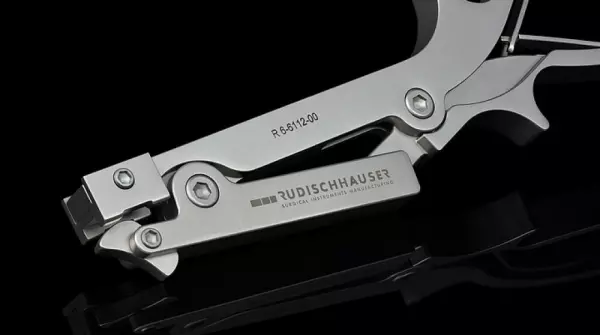
Spine - Instruments & Implants
We develop, optimise and manufacture a variety of spinal implants and instruments (e.g. pedicle scre...
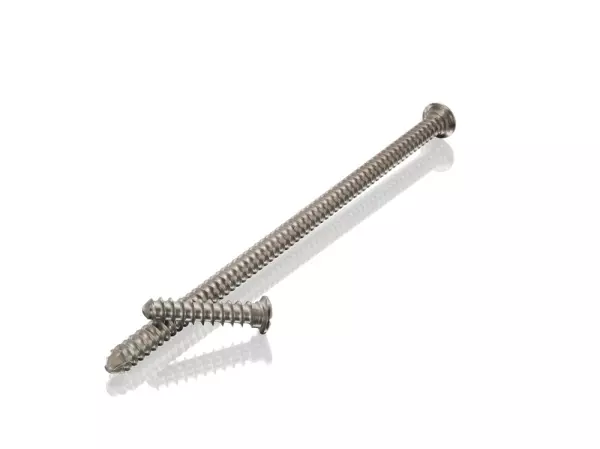
Surface finishing the perfect finish for...
Surface finishing - the perfect finish for your products Manufacturing sophisticated products is...
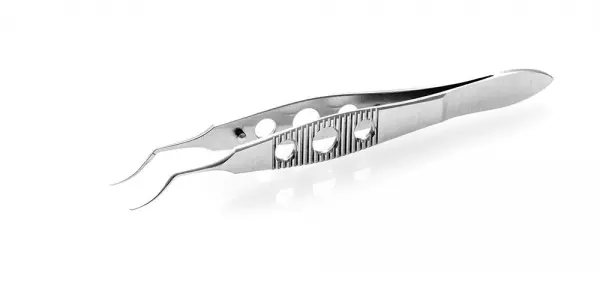
Surgical Ophthalmic Instruments - Tweezers...
EYE SURGERY Modern eye treatment abounds with innovations in diagnostics and therapy. Right from...

If in the general Surgery, Laryngoscopy, Arthroscopy, plaster (of Paris), ENT surgeon or gynaecology...
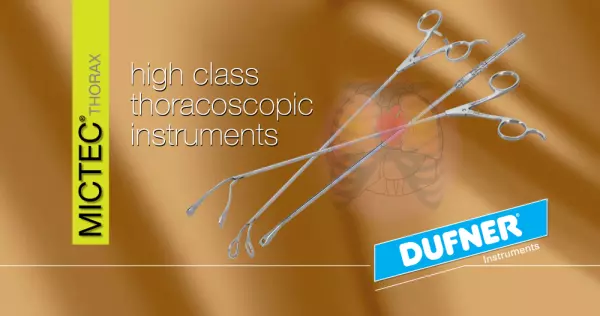
thoracic surgery - High-quality VATS instruments,...
High-quality VATS thoracic instruments, suction, retractors, electrodes - Made by Dufner Instrumente...
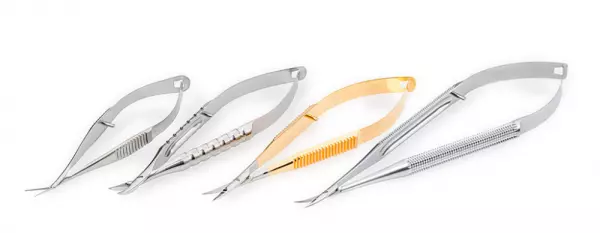
Cutting spring-handled instruments
MICRO INSTRUMENTS - 100% MADE IN GERMANY Below you will find an excerpt from our product portfoli...
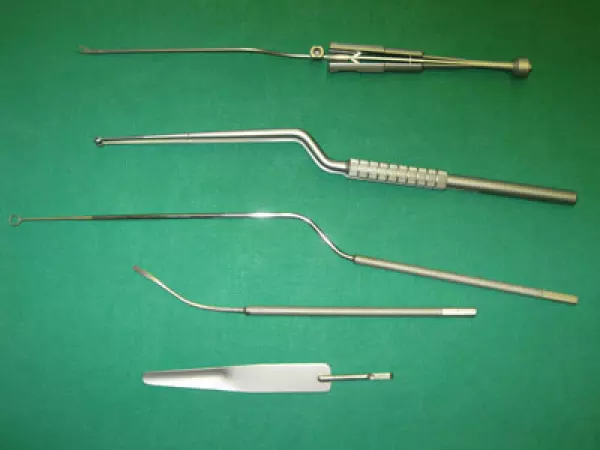
Repair service and maintenance of micro instruments
We repair MIS instruments from all well-known manufacturers , drive systems such as drilling hoses,...
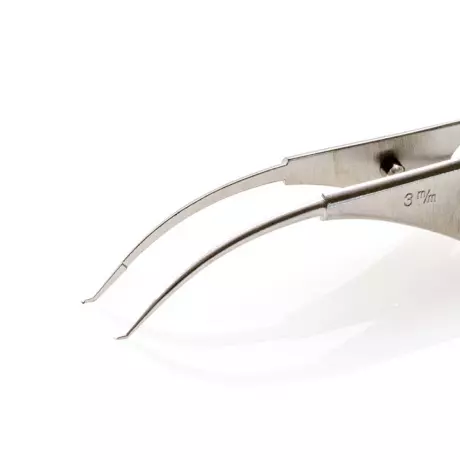
DEVELOPMENT OF SURGICAL INSTRUMENTS
CUSTOMIZED INSTRUMENTS DMost instruments in surgery technology have a very long life cycle. Howev...
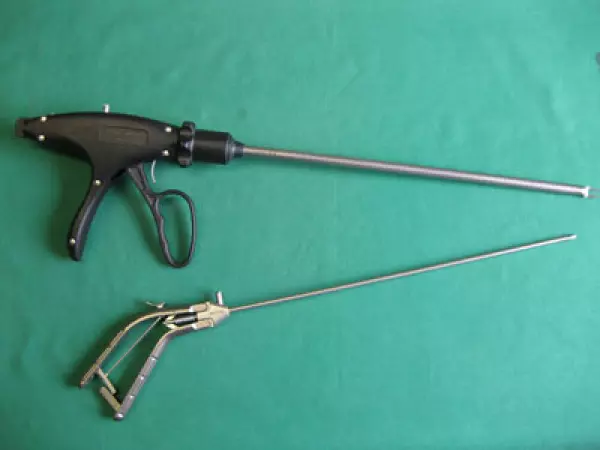
Repair service and maintenance of MIS instruments
We repair MIS instruments from all well-known manufacturers , drive systems such as drilling hoses,...

The term "minimally invasive" refers to a surgical procedure that uses less blood, tissue, and other resources and is associated with lower postoperative patient morbidity. The earliest minimally invasive surgery was performed in 1931, with the development of the cystoscope. Takagi of Tokyo, an inventor of the cystoscope, redesigned it in 1937 to become an arthroscope. This small device allowed surgeons to operate without injuring the patient. In 1941, the American Journal of Surgery published an Atlas of Arthroscopy, marking the beginning of the modern practice of minimally traumatic surgery.
The first step to performing minimally invasive surgery is to consult with a qualified and experienced physician. The surgeon will perform the procedure through an incision in the vagina. Next, the hysteroscope will be inserted through the cervix and uterus to perform the necessary surgeries. The surgeon will use this lighted telescope to examine the lining of the uterus, and the patient will not be conscious during the entire procedure. The doctor will use the hysteroscope to view the internal structures of the uterus. The camera will enable him to see and treat internal bleeding, infection, and other problems with the organs.
As the number of minimally invasive surgical procedures continues to grow, the technology used to perform these procedures has advanced considerably. The most common minimally invasive surgeries include laparoscopy, robotic-assisted surgeries, and endoscopy. These advances have improved surgical skills, and small diameter catheters are now common tools for these techniques. They also minimize the trauma to tissue. In addition, a smaller wound area means a shorter recovery period and less pain medication.
Another major advancement in minimally invasive surgery is the use of flexible surgical endoscopes. These tools allow surgeons to view the organ with high-quality images. In addition to this, these endoscopes are now used for coagulations and resections. Most current endoscopes use oscillating radiofrequency (RF) diathermy. However, this technique has a number of disadvantages, including the risk of collateral tissue injury and smoke during the surgery.
The use of minimally invasive devices has increased significantly over the past few years. BCC Research has previously published a study on the topic. The report also discusses the growth opportunities and challenges associated with this market. Further, it provides an in-depth analysis of the current and future regional markets. While the term "minimally invasive" surgery are not the same, they are similar in scope.
The most common minimally invasive surgery is laparoscopy, a procedure that uses tiny cuts in the belly to operate on organs. Robot-assisted surgery utilizes a robotic arm to manipulate thin tubes in the abdomen. This technology is highly efficient in terms of precision, accuracy, and safety. It is ideal for a variety of different surgical applications. Although it is expensive, robotic surgery can save you both time and money.
Become a digital exhibitor yourself in the online portal of the largest and best-known MedTech cluster region in Germany and inform the world of medical technology about your products and services as well as about news, events and career opportunities.
With an attractive online profile, we will help you to present yourself professionally on our portal as well as on Google and on social media.